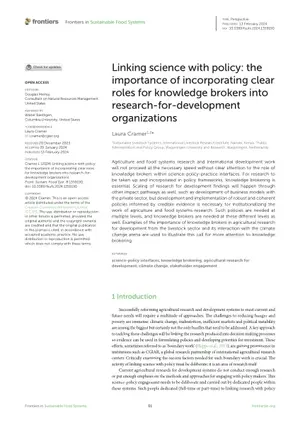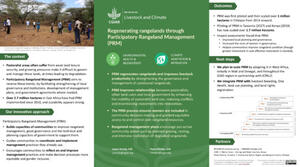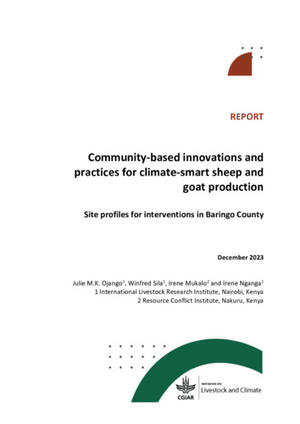
Greenhouse gas emissions from sheep excreta deposited onto tropical pastures in Kenya
Abstract
To improve the estimate of greenhouse gas emissions (GHG) from tropical rangelands in sub-Saharan Africa, we measured GHG emissions from sheep excreta over two periods of 51 days on a Kenya rangeland. In addition, we measured GHG emissions from potential hotspots in the landscape linked to sheep grazing: overnight enclosures (“bomas”), where sheep are kept at night to protect them from theft and predators, the areas surrounding sheep bomas, and areas surrounding watering troughs. Results showed a short pulse of CO2 fluxes after sheep urine application and a rapid increase of CH4 fluxes following sheep dung application in both rainy and dry season. However, only small increases of N2O fluxes were observed after dung and urine applications compared to controls without excreta. Elevated N2O fluxes mainly coincided with heavy rainfall. Overall, N2O emission factors (EFs) did not vary across excreta type or seasons, but mean N2O EFs for dung (0.01%) and urine patches (0.02%) were only one tenth of the default EFs from the 2019 IPCC Refinement for dry climate. We did, however, find that bomas and watering troughs are sites of herd concentration that are important sources of GHG emissions in the landscape, and that emissions in these locations can remain elevated for months to years, especially when soil moisture is high. This study contributes to more robust estimates of GHG emissions from African livestock systems, which are fundamental to develop targeted mitigation strategies.
Citation
Zhu, Y., Butterbach-Bahl, K., Merbold, L., Oduor, C.O., Gakige, J.K., Mwangi, P. and Leitner, S.M. 2023. Greenhouse gas emissions from sheep excreta deposited onto tropical pastures in Kenya. Agriculture, Ecosystems and Environment 359:108724.










